Gate to Heaven (piano reduction)
Concerto No. 1 for Marimba
-
Ships in 3 to 4 weeks
Details
Description
SKU: CN.03282
Concerto No. 1 for Marimba. Composed by David Gillingham. Concertos. Piano reduction. Duration 16:30. Published by C. Alan Publications (CN.03282).Subtitled "A Journey of the Soul," each movement of this concertino for solo marimba and piano reflects the movement of the soul into the portal of heaven. From Remission to Reflection to Redemption, Gillingham paints a vivid picture of the afterlife that is full of color and life while showcasing the wide range capabilities of the marimba.
Though Gate to Heaven is structured as a three-movement concerto for solo marimba, it has extramusical inspiration. Each movement of the work reflects the movement of the soul into the portal of heaven. The first movement, titled 'Remission,' is indicative of death and the consequences of the soul's former life. From the onset of the first movement, the introduction captures the hard blows of death and the mysterious passage into the unknown world beyond. The ensuing presto is representative of the tribulations of the former life fluctuating between evil and ecstasy. The second movement, 'Reflection,' is a solemn look into the past life of the soul and suggests mixed emotions about the former life of the soul as a human form and its present state as energy moving through the infinite universe. Mournful bowed passages in the marimba toward the end of this movement are followed by a passage that builds to a rather joyous resolve that perhaps suggests the golden light of the portal of heaven at the end of the tunnel of transition. The final solemn strains of the movement represent the soul's final reflection upon its former life. 'Redemption,' the final movement, hopefully invokes whatever image one has of 'heaven.' It was the composer's intention to paint a musical image of golden light shining upon a rainbow-colored landscape. The movement is comprised of two alternating themes, the first energetic and full of sparkle and the second dramatic and full of splendor. Toward the end of the movement, a fragment of the reflective theme of the second movement is heard before the piece drives to a joyous conclusion.
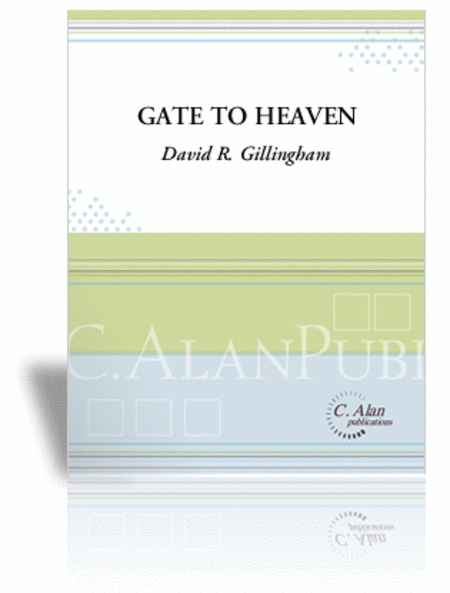
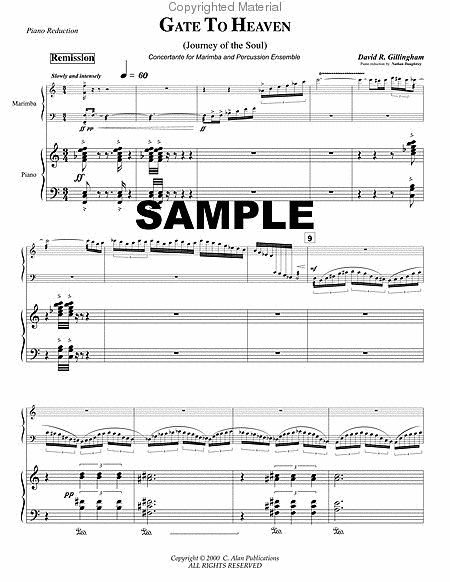
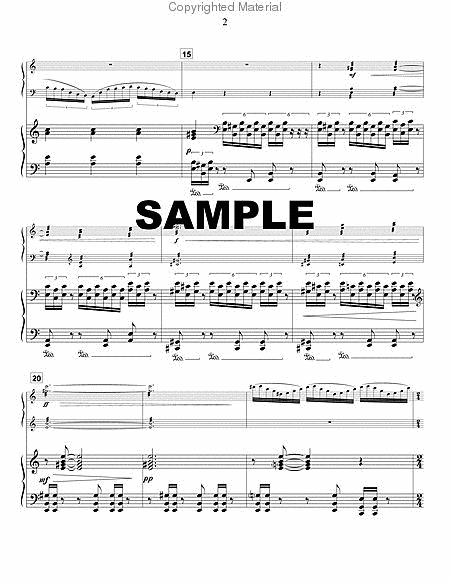
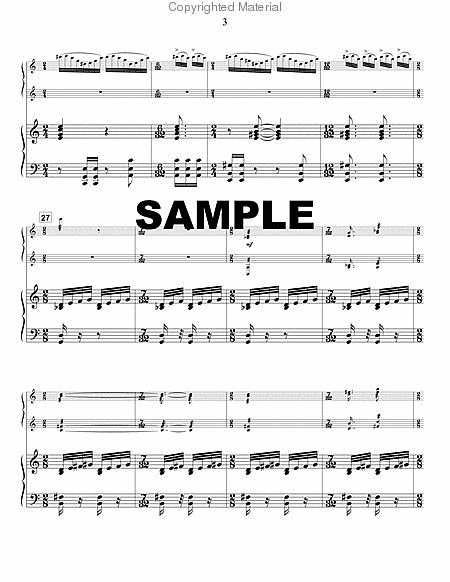
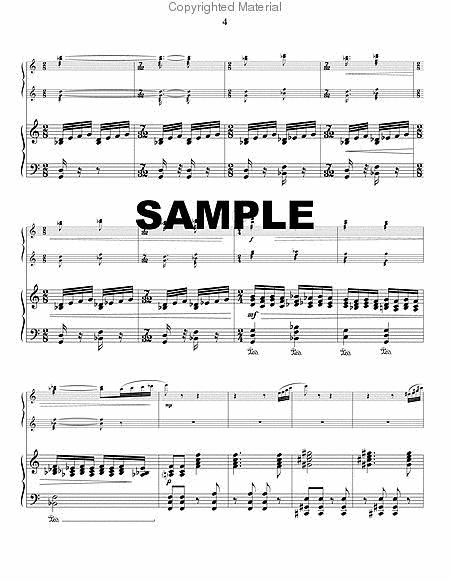
 Share
Share